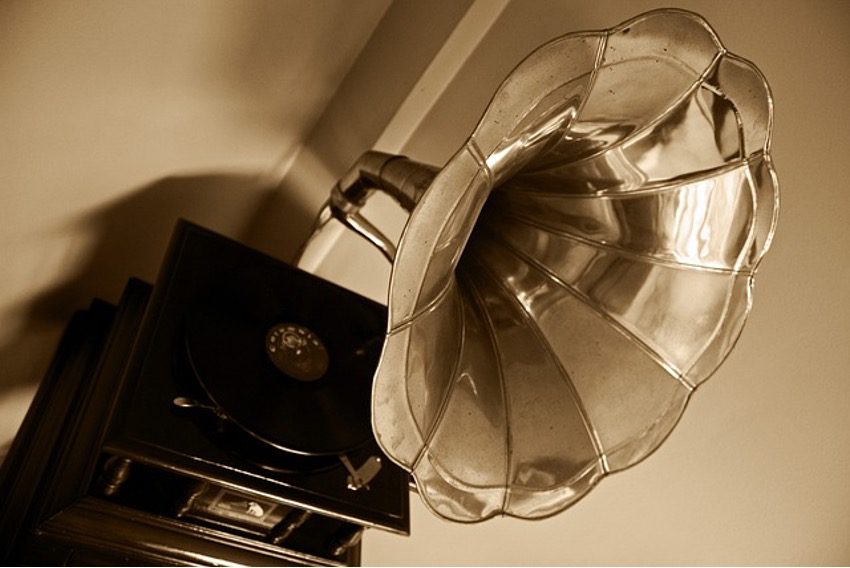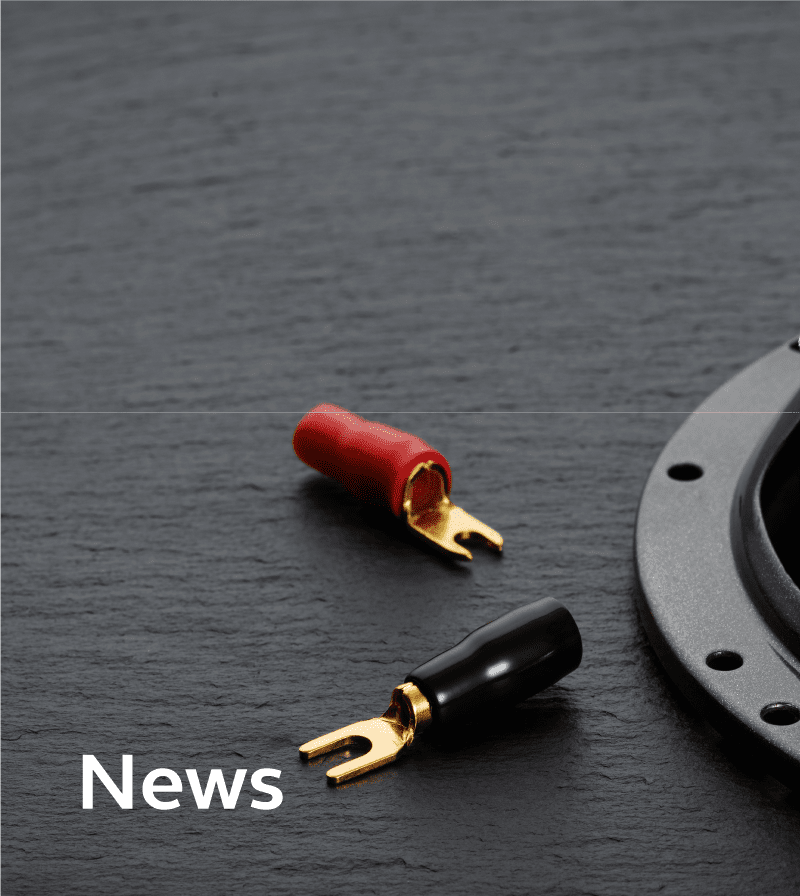What is Drivers? Why Drivers Matter
When it comes to getting the best sound quality out of your speaker system, the right drivers are key. These little components play a huge role in how your music sounds. So, let’s dive into what drivers are, how they work, and how to pick the best ones for your needs.
What Are Drivers?
drivers are those round (or sometimes dome-shaped) parts you see on a speaker. They’re crucial because, without them, your speaker wouldn’t produce any sound. Remove the grille from the front of a speaker, and you’ll see them right there, working hard to bring you every beat and note.

How Do Drivers Work?
To keep it simple, drivers convert electrical audio signals into sound waves. Here’s how it happens:
- Electric Signal: The driver receives an electric audio signal.
- Magnetic Interaction: The voice coil (a wire coil) reacts with a magnet on the cone.
- Sound Waves: This interaction causes the driver to move back and forth, creating sound waves.
Key Components of a Speaker Driver
- Cone/Dome: Made from paper, metal, or plastic.
- Voice Coil: A wire coil at the base.
- Magnet: Interacts with the voice coil to create sound.
- Diaphragm: Moves to create sound waves.
Technical and Working Principles of Drivers
Diaphragm Movement
The heart of the speaker driver is the diaphragm, which moves back and forth to create sound waves. The movement is created by the electromagnetic force generated in the voice coil.
Voice Coil and Magnet Interaction
The voice coil is an essential component that interacts with the magnet. When an electrical current (audio signal) passes through the voice coil, it creates a magnetic field that interacts with the magnetic field of the permanent magnet, causing the coil (and thus the diaphragm) to move.
Frequency Response
Different drivers are designed to reproduce different ranges of frequencies. The material and shape of the diaphragm, along with other factors, influence the frequency response of the driver.
Efficiency and Sensitivity
The efficiency of a driver refers to its ability to convert electrical power into sound. Sensitivity, on the other hand, indicates how loud the driver can get for a given amount of electrical power.
Impedance
This is a measure of the resistance offered by the driver to the flow of electrical current. It is an essential parameter as it affects the power handling capacity and compatibility with amplifiers.
Magnetic Systems in Drivers
Drivers operate based on electromagnetic principles, where the magnetic system plays a pivotal role. There are two primary types of magnetic circuits:
Open Magnetic Circuits
These circuits are constructed based on Fleming’s left-hand rule and are often used in electrodynamic types of drivers. They usually use ferrite magnets and are characterized by a certain level of magnetic flux leakage, which can cause distortion in nearby video monitors.
Closed Magnetic Circuits
This type of circuit is constructed with a permanent magnet inserted in a pot-shaped yoke, often utilizing alnico magnets, which produce stronger magnetic fields compared to ferrite magnets. These circuits prevent magnetic flux leakage, making them suitable for audio/visual systems. However, they are more expensive due to the use of rare metals like cobalt in alnico magnets.
Materials Used in Drivers
- Paper Pulp: Lightweight, offers a warm sound but less durable.
- Polypropylene (PP): Durable, moisture-resistant, balanced sound.
- Carbon Fiber: Rigid, light, accurate sound reproduction.
- Silk/Cotton/Polyester Film: Smooth, natural sound for soft dome drivers.
- Aluminum/Titanium: Rigid, clear high-frequency sounds.
Different Types of Drivers
When it comes to building or choosing a speaker system, understanding the types of drivers is crucial. Here’s a breakdown of the different kinds of drivers, including the most common types and some special ones like subwoofers, woofers, and tweeters. Let’s dive in and see how they stack up!
| Driver Type | Description | Frequency Range | Notes |
| Cone Drivers | Versatile and handle a wide range of frequencies. | Low to high frequencies | Most common type, often made from paper. |
| Dome Drivers | Excellent for mid and high frequencies, offering smooth sound profiles. | Mid to high frequencies | Less common, used in two-way system setups. |
| Horn Drivers | Known for efficiency and high sound pressure, perfect for large spaces. | Mid to high frequencies | Historical appeal, often seen in gramophones. |
| Subwoofers | Handle the lowest frequencies, delivering deep bass. | 20 Hz to 200 Hz | Essential for home theaters and bass-heavy music. |
| Woofers | Cover lower frequencies, providing the bass. | 100 Hz to 2,000 Hz | Often used interchangeably with subwoofers but covers a broader range. |
| Tweeters | Manage high frequencies, offering treble clarity. | Above 2,000 Hz | Provides the crisp, high sounds in a speaker system. |
| Mid-Range Drivers | Fill the gap between woofers and tweeters. | 200 Hz to 2,000 Hz | Ensures smooth transition across the audio spectrum. |
| Super Tweeters | Deliver the highest range of frequencies. | Above the range of standard tweeters | Handles frequencies that extend beyond human hearing. |
This table gives you a clear picture of the different types of drivers, their frequency ranges, and where they’re typically used. Whether you’re a DIY speaker builder or just shopping for a new sound system, knowing these details will help you make the best choice for your audio needs.

New Technologies and Increased Demand
With tech evolving rapidly, high-quality drivers are more in demand. Innovations like smart homes and 5G networks drive this growth. Research suggests a 2.5% market increase for drivers from 2020 to 2026.
Top 5 Drivers
- Dynamic Drivers: Versatile and cost-effective for a wide range of frequencies.
- Balanced Armature Drivers: Compact, clear sound, ideal for in-ear monitors.
- Planar Magnetic Drivers: High detail and dynamics, perfect for audiophiles.
- Electrostatic Drivers: Crisp, accurate sound, require special amplifiers.
- Ribbon Drivers: Highly sensitive, clear treble, natural response.
Choosing the Right Drivers for Your Needs
1. Consider the Application
Think about where you’ll use your speaker. Car speakers need different drivers compared to home theater systems or PA systems.
2. Prioritize Your Needs
Are you on a tight budget, or is sound quality your top priority? Decide what matters most and choose accordingly.
3. Choose the Right Crossover
Crossovers ensure that different frequencies are sent to the appropriate drivers (low frequencies to woofers, high frequencies to tweeters).
4. Cover Every Frequency
Make sure your drivers cover the full audio spectrum (20 Hz to 20,000 Hz). Multiple drivers will be necessary.
5. Match DB Levels
Ensure all drivers produce sound at the same volume for consistency. Check the sensitivity (dB levels) on each driver’s datasheet.
Making the Best Choice
Selecting the right drivers means considering your specific needs, budget, and the desired sound quality. Ensure you get high-quality drivers to match your efforts in building the perfect speaker system.
As you can see, there are many different factors at play when choosing drivers for your self-build speaker project. Carrying out plenty of research at each stage of your selection process is an excellent way to ensure that you get the very best drivers and ensure that they perfectly match your needs.
Along with ensuring that your drivers deliver on all of the above points, it is also crucial to check that they are of the highest quality. There is no substitute for drivers that are made to the highest standards and offer the best quality. As you have dedicated your time and attention to constructing your speakers, you need drivers that match.
Here at Jazz Hipster Co., each and every one of our drivers is built to the highest standards using our advanced automated production lines to deliver superior quality and precision. Take a look at this video to see our advanced automated production lines in action:
Are you looking for high-quality drivers? Whether you are a business that is looking for drivers for your products or you are an individual planning to build their own speaker, we can help. If you would like further information about any of our products or have a query, please email us, and we will be happy to help you.




